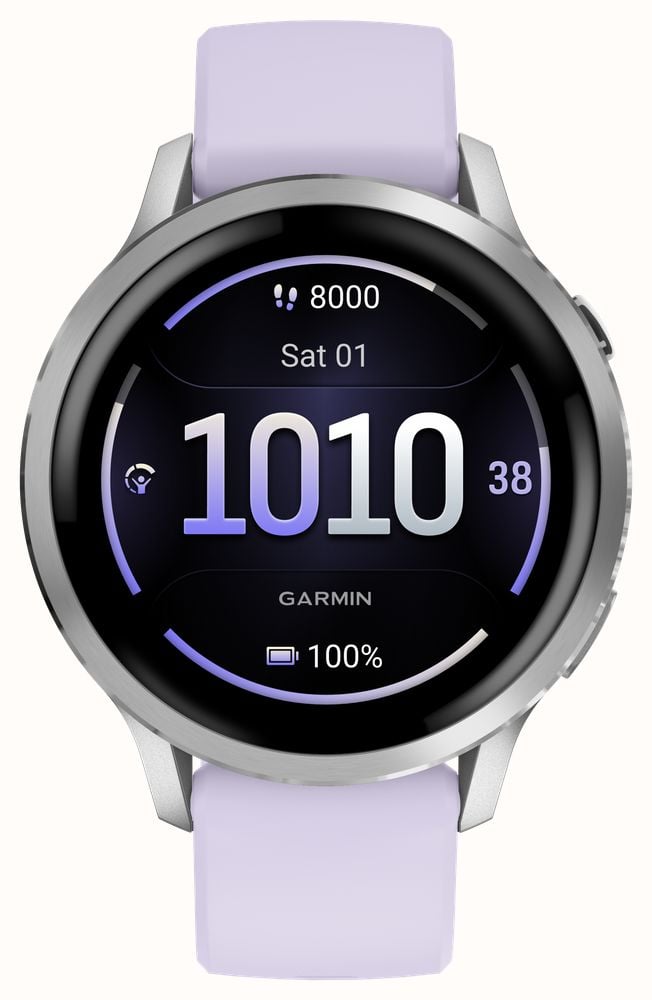

I evaluated the Garmin Venu 4 alongside several other health and fitness devices.
It’s been two years since the launch of the Venu 3, and the Venu 4 arrives with a fresh design and some additional features. Nevertheless, Garmin has largely kept the Elevate sensor unchanged, which isn’t necessarily negative. As demonstrated with the Venu X1, this sensor continues to prove itself to be quite precise.
I’ve been utilizing the Garmin Venu 4 as my primary workout companion for a couple of weeks. I compared it with the Garmin Venu 3 to assess any changes (if there are any), and also with the Pixel Watch 3 to evaluate its performance against my preferred smartwatch.
Fitness features I appreciate
In contrast to the Forerunner series, the Garmin Venu 4 acts more as a versatile gadget, emphasizing overall fitness rather than just running. As a result, Garmin has packed numerous fitness features into the watch, building upon earlier versions while ensuring it’s suitable for anyone looking to just put it on and begin.
Numerous helpful and new training features are available to enhance your workout experiences, but the one I focus on the most is Training Readiness. This metric considers various factors, including sleep, recovery duration, and acute load, to assess how intensively you should engage in your forthcoming workouts. Ideally, this serves as a useful tool to prevent overexertion, which can hinder your performance.
The Venu 4 also accommodates more coaching features, allowing me to experience a better variety of workouts that refresh my usual routine. This feels more curated and diverse, which should appeal to enthusiasts of the Venu series. Weightlifters like myself will appreciate the watch’s enhanced ability to track reps and sets with greater accuracy than the Venu 3, leading to more precise exercise and muscle categorization in post-workout summaries.
If you lack a coaching plan, you will also receive a wider selection of suggested workouts, marking a positive development from the Morning Report seen on the Vivoactive 6.
After each workout, the Venu 4 offers a summary of the session, including metrics like training load to measure workout intensity. You’ll also receive a figure indicating your recovery time, which influences your training readiness. This figure represents your recovery period between challenging activities, including sleep. It’s Garmin’s way of advising you to relax.
Heart rate
Smartwatches are generally reliable when it comes to heart rate monitoring, but they are ultimately not perfect. The accuracy of the watch’s heart rate detection can hinge on several factors, including fit, positioning, cleanliness, and even the type of band used. Although Garmin’s Elevate V5 heart rate monitor on the Venu 4 has demonstrated reliability over the years, it is not without faults.
In most instances, the Venu 4 aligned with my expectations during workouts. Having used smartwatches for some time, I have a good idea of what the readings should show. However, there are occasional moments when the watch seems slow to respond, as illustrated in the charts below:
In the initial chart, the Venu 4 remained considerably lower than the Pixel Watch 3 throughout my run. I noticed this discrepancy in real-time, unable to identify the reason for such differing readings, as both devices were securely fastened on my wrists. Thankfully, the watch seemed to rectify itself as my pace increased, though it was confusing during my run.
Following runs showed no significant discrepancies, with both watches remaining fairly consistent with each other. However, things got slightly odd when comparing the Venu 4 to the Venu 3 during my HIIT sessions.
HIIT workouts typically exhibit more variability than runs, leading to fluctuating heart rates. Despite this, the Venu 4 showed a few brief but notable dips during certain workouts that the Venu 3 did not. What’s intriguing is that both smartwatches utilize the same Elevate sensor, leaving me puzzled about the source of these dips. Fortunately, the Venu 4 managed to correct itself most of the time.
Overall, the heart rate sensor on the Venu 4 tends to be reliable, with occasional minor fluctuations.
Step counter
I put the Garmin Venu 4 through two abbreviated sessions of my usual walking test, covering a total of 2,000 steps each time. I compared the step counts with the Google Pixel Watch 4, Venu 3, and the Oura Ring 4 while simultaneously using a manual step counter on my phone. The results were pleasantly unexpected, especially for the Venu models.
As demonstrated, during both sessions, the V